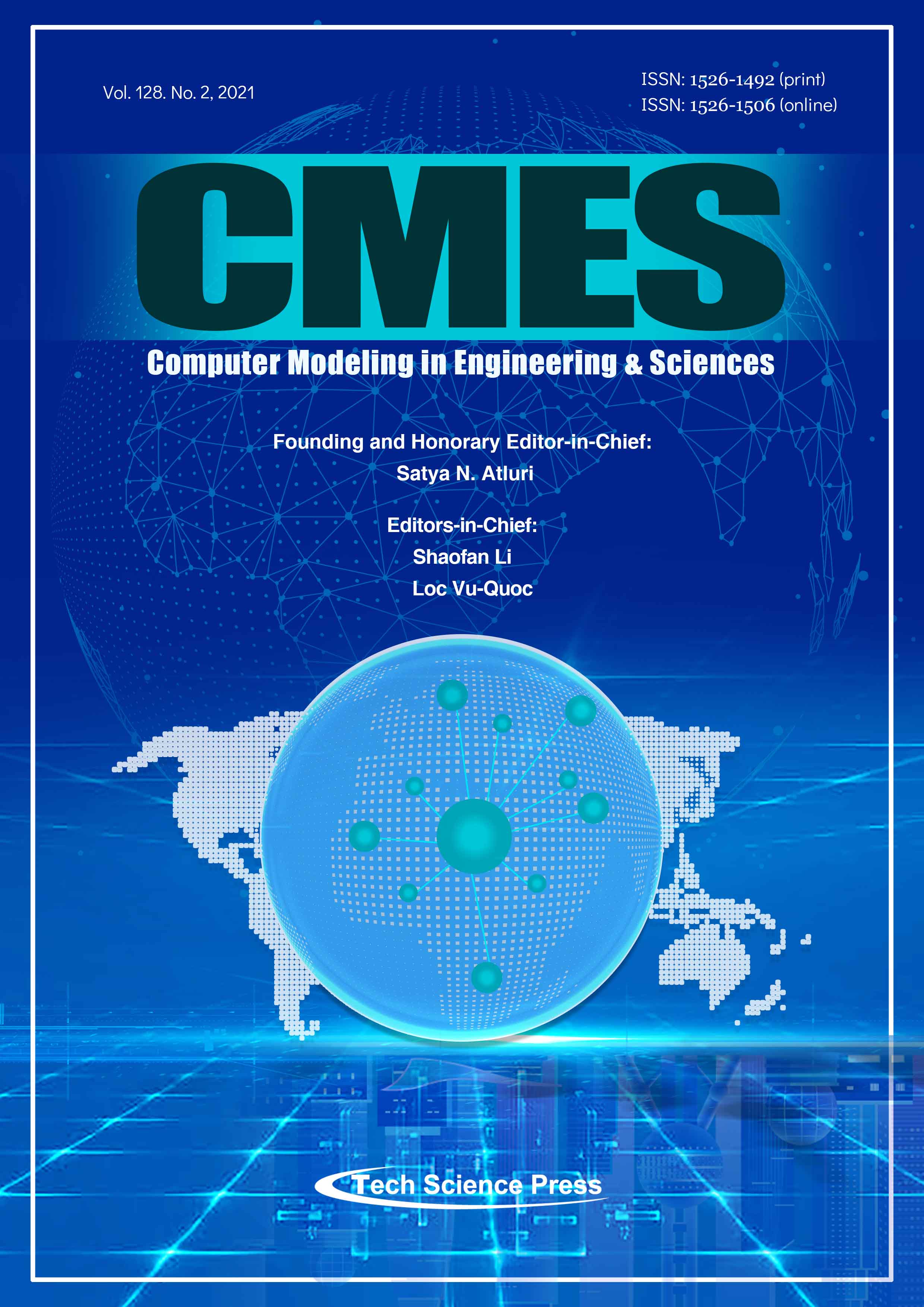Intelligent Segmentation and Measurement Model for Asphalt Road Cracks Based on Modified Mask R-CNN Algorithm
Jiaxiu Dong1,2,3, Jianhua Liu4, Niannian Wang1,2,3,*, Hongyuan Fang1,2,3, Jinping Zhang1, Haobang Hu1,2,3, Duo Ma1,2,3
CMES-Computer Modeling in Engineering & Sciences, Vol.128, No.2, pp. 541-564, 2021, DOI:10.32604/cmes.2021.015875
- 22 July 2021
Abstract Nowadays, asphalt road has dominated highways around the world. Among various defects of asphalt road, cracks have been paid more attention, since cracks often cause major engineering and personnel safety incidents. Current manual crack inspection methods are time-consuming and labor-intensive, and most segmentation methods cannot detect cracks at the pixel level. This paper proposes an intelligent segmentation and measurement model based on the modified Mask R-CNN algorithm to automatically and accurately detect asphalt road cracks. The model proposed in this paper mainly includes a convolutional neural network (CNN), an optimized region proposal network (RPN), a… More >



 Submit a Paper
Submit a Paper Propose a Special lssue
Propose a Special lssue